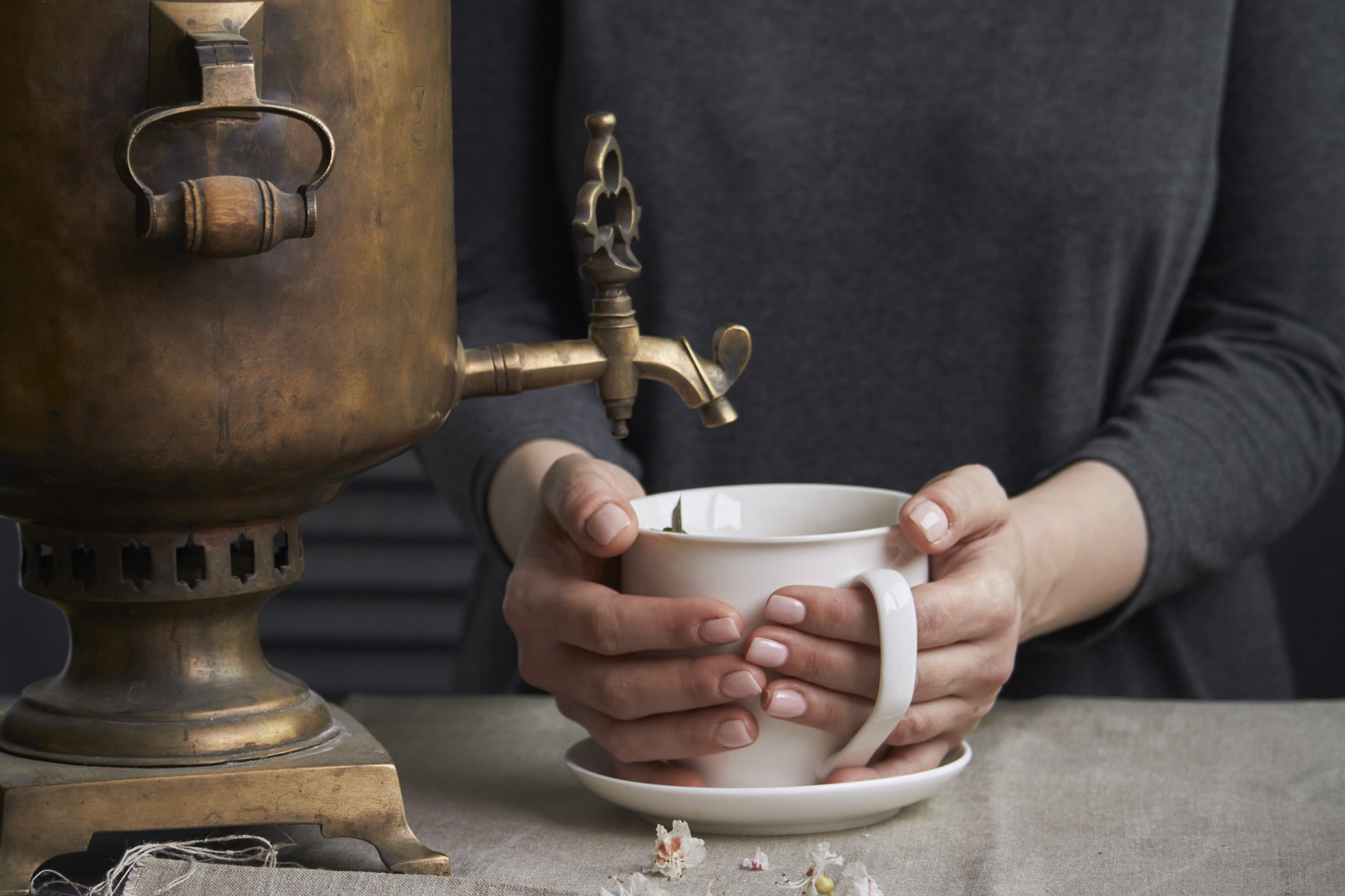History of tea, its discovery and use
Contents
- Legends of the appearance of tea
- How Tea Came to Japan
- Tea today
Today, tea is very popular, it is drunk not only in Asia, but also in Europe, the USA and other countries. Most people use ordinary tea: green, black, sometimes red, but there are also gourmets who prefer rare varieties, saturated with a special taste. Many consider China to be the homeland of the tea drink, but archaeologists, opening historical layers, found plantings not only in this country, but also in India, Sri Lanka, Tibet, the Himalayas and other places, so the version of the Chinese origin of the modern trend is constantly being questioned.
But the fact that the Chinese were the first to start cultivating tea bushes is undeniable. In the 2nd century BC. a hieroglyph was invented, depicting a person standing between two tea plants, however, tea was not used as a drink for everyday consumption in those days. He served as a kind of drug used for poisoning and dehydration.
A little later, with the onset of a new era, tea began to be produced for sale, and in China everyone could afford this drink. It was at that time that the first plantations appeared, producing leaves in large volumes, which made it possible to export tea leaves to other states.
Legends about the appearance of tea
According to legends, the emergence and use of the tea drink was promoted by one or more people who discovered the properties of tea leaves. Since these legends are very ancient, no one knows which one is true:
- One of the Chinese emperors named Yang Di was not only a ruler, but also a healer and constantly replenished his stock of medicinal herbs. Once on the road he was very tired and lay down to rest, finding himself under a tea bush. Examining the leaves of the plant, he rubbed and chewed them, after which he seemed to be resurrected and briskly walked on. And after that he constantly drank tea to maintain vigor and health.
- Another legend is connected with the name of the ancient emperor Shen Nong, into whose boiling cauldron tea leaves flew and, as a result, a delicious drink was obtained, which later the emperor drank himself and treated his subjects. This is how the tea ceremony was born as a welcome to the guests of honor.
- According to another legend, tea was discovered by shepherds who grazed the flock in the thickets of tea bushes. They were surprised that the animals eagerly eat the leaves and remain awake all day after. After trying the plant, the shepherds found that their mood and vitality improved. They came up with the idea of putting the leaves in boiling water and drinking a freshly brewed drink that maintains health and strength.
- There is another legend about a deeply religious monk who constantly prayed to please God. But the powers are not unlimited, and the monk periodically fell asleep, which is why he was then very dissatisfied with himself and asked for forgiveness from the deity. He blamed his eyelids, which, by closing, promoted sleep, and decided to cut them off. Where they fell to the ground, tea bushes grew, from the leaves of which the monk prepared a drink that gives strength and does not allow falling asleep.
Of course, none of these legends are most likely true, because all this happened a very long time ago. But what is important is the very fact that someone first tried to brew tea, which has spread widely throughout the world.
How Tea Came to Japan
He was brought to this country by a Buddhist monk who visited China, and he brought seeds and sprouts secretly. The tea grown by him became an important tonic drink among monastics, and then became more widely known among the secular population: first in the imperial palace, and then among ordinary people. Japan also has its own tea ceremony. It aims to relax, create a cozy atmosphere, while the Chinese one presupposes, basically, enjoying the taste of the drink.
Tea today
Today the whole civilized world drinks tea. It is supplied by 10 leaders of the tea market:
- Argentina, which produces mate tea from holly.
- Iran, which supplies 84 tons per year around the globe.
- Japan, which produces 89 tons of beverage annually, which, unfortunately, for the most part remains within the country. Only 2% of production is exported.
- Vietnam supplies 60% black low-grade tea, 35% green tea and 5% gourmet drink.
- Of the annual 158 tons of Indonesian tea, 150 are exported. These are mainly black varieties, although the delivery includes a few percent green.
- Turkey exports 177 tons of black tea every year. It tastes noticeably different from Ceylon and Chinese.
- Sri Lanka grows varieties of black, green and white teas. It supplies the world with almost 300 tons of the drink annually.
- Interesting options are teas from Kenya. They are grown on small plantations where the owners are constantly experimenting. Therefore, Kenyan tea has unusual tastes and properties. If desired, it is not difficult to find them, Kenya supplies over 300 tons annually.
- India produces up to 900 tons of tea, of which only 30% are exported.
- The largest supplier of tea is China. Its production is about 2 million tons annually. Among the teas presented by the state are green, oolong, pu-erh, yellow and jasmine drinks.
Tea plantations are also found in Europe. For example, the Krasnodar Territory is also a supplier of infusions for the drink, as well as Georgia. These varieties are little known abroad, but their regions know their tastes well enough.
- Comments
